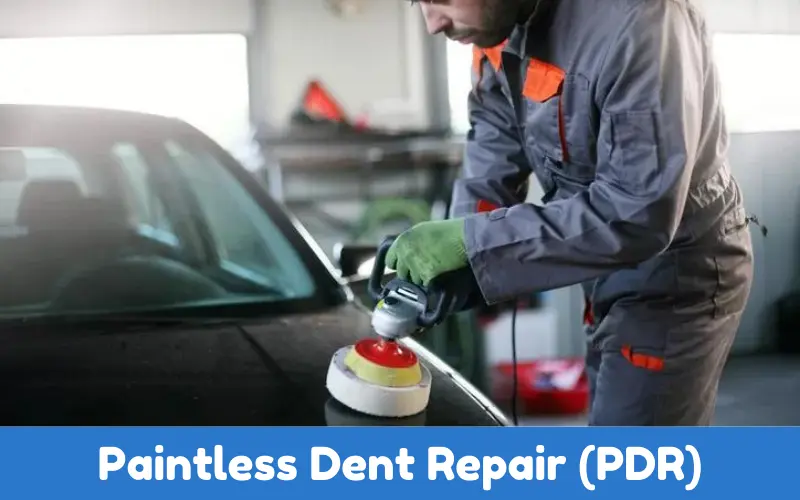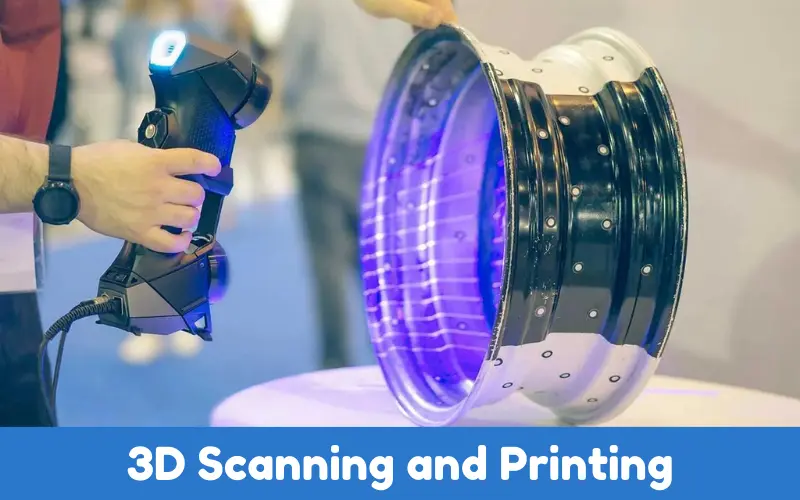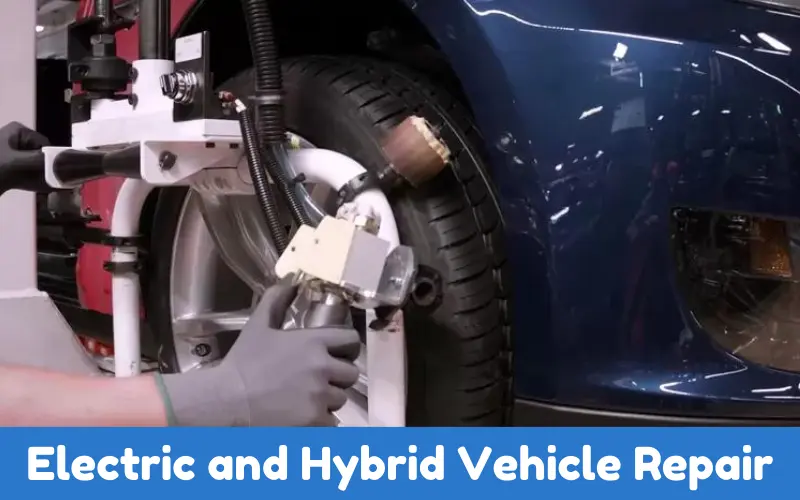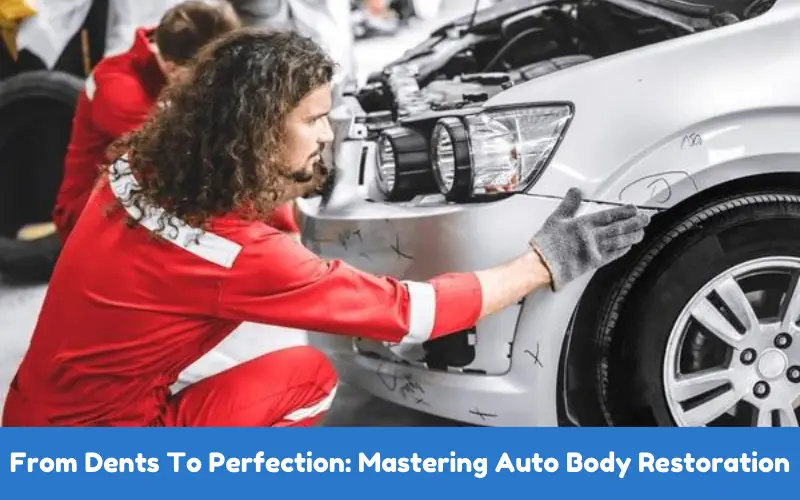Vehicle repair is more of an art than a science, involving the technical expertise of a skilled mechanic and the artful touch of a skilled artist.
From minor bruised fenders to life altering multi vehicle crashes and collisions, auto body restoration technicians do a great job of the art of restoration and restoring heavily damaged automobiles to their pre accident, pre damage conditions.
This article series examines the techniques, technologies, and trends in auto body repair, focusing on the industry’s issues, challenges, and state.
Article Summary
- The Evolution of Auto Body Repair
- The Repair Process: A Step-by-Step Guide
- Specialized Techniques in Auto Body Restoration
- The Role of Technology in Modern Auto Repair
- Environmental Considerations in Auto Body Repair
- The Importance of Certification and Training
- Customer Service in Auto Body Repair
- The Future of Auto Body Repair
- Choosing the Right Auto Body Shop
The Evolution of Auto Body Repair
The history of auto body repair is as old as the automobile itself. However, with the rapid growth of widespread automobile use in the early 20th century, specialized technicians were in increasing demand.
Repairs at this time were often crude and functional, focusing more on getting the vehicle to work than on its appearance.
From Hammers To High-Tech
That’s because, in the industry’s early days, repair work involved heavy duty manpower and simple tools.
Technicians might beat back dents with a hammer, straighten misaligned metal with a dolly, coat the area with filler, and sand it down. This method is still a viable solution for certain repairs.
Advanced systems in modern auto body repair shops use computer integrated processes to diagnose issues and plan repairs.
Today, welding is done with sophisticated equipment, paint booths help handle scratch repairs with improved precision, and frame straightening machines have allowed for more exact restorations.
The Repair Process: A Step-by-Step Guide
It helps drivers understand the work and expertise required for auto body repair. Here’s an overview of the steps.
- Assessment and Estimation
- Disassembly
- Body Repair
- Paint Preparation
- Painting
- Reassembly
- Quality Control
Each stage involves specific expertise, with significant details to be attended to at each. The painting process alone, for example, consists of stages of priming, base coat application, and clear coat finishing, all of which must be perfected to mimic the factory finish.
Specialized Techniques in Auto Body Restoration
Condensing systems depend on the crossover and return of hot engine coolant from front to rear. Air conditioning adds efficiency to the system because it transmits much less heat.
Two other mechanical cooling systems use open or semi open cycles. Evans waterless coolant is an additive to engine coolant that changes its makeup to enhance the system’s efficiency.
Some thermal systems pull heat from the surroundings. Several elaborate thermal systems inch an object close to absolute zero.
Pumping systems inject air into a car’s tire and remove it continuously. These are examples of condensing systems that transform a practical technology into a minor aesthetic device.
The collector system, on the other hand, sucks up gasoline from an underground tank and wicks it to a tap on the pump. Auto body repair incorporates a panoply of specialized techniques that respond to specific types of damage. Some examples of body repair include:
1. Paintless Dent Repair (PDR)
This happens when an expert can work on a minor dent or ding with the factory paint intact. Technicians can massage the metal behind the panel while the original paint remains unhurt.

2. Panel Beating
The artisan breaks out the hammers and dollies for serious dents in a panel beating technique.
Metal is lovingly pulled back into shape, which takes enormous skill and experience to ensure the surface looks smooth and even.
3. Welding and Metal Fabrication
To replace worn car sections with new metal, technicians have to cut out the damaged parts and weld in the replacement panels. They must also ensure that the metal fits together neatly, both structurally and visually.
The Role of Technology in Modern Auto Repair
As a result, cutting edge technology is changing the structures of this business by developing tools and techniques that are faster and better. The following points illustrate some new technology for the auto body repair business:
3D Scanning and Printing
The damaged part is then scanned in 3D to build a detailed digital model that can be replicated as a right sized replacement by 3D printing.

Computerized Paint Matching
High tech and computerized, we can easily crack any car’s paint to perfectly match the repaired areas.
Virtual Reality Training
Medical repair shops and training programmes are using virtual reality simulations to teach and practise care.
Environmental Considerations in Auto Body Repair
Auto body repair has become far less toxic to the environment. Now, most body shops paint with water based paints and low VOC (Volatile Organic Compound) products. Used oil and metal scraps from most shops today are recycled.
The Importance of Certification and Training
Because auto body repair techniques change constantly, technicians need to continue their education or add certifications to their list of credentials.
One example is a certification through the National Institute for Automotive Service Excellence (ASE).
Technicians at reputable repair shops, like those through St George Auto Body, are certified by their employer, so they can stay on the cutting edge of repair methodologies and technologies as they develop.
In this way, vehicles are always repaired to the same exacting standards that help preserve them safely and retain their value.
Customer Service in Auto Body Repair
Along with reliable technical skills, one key to running a good auto body repair shop is providing good customer service.
The shop must communicate well with its customers, the repair process must be clear and transparent, and customer expectations must be managed.
Most shops today provide consumers with digital updates and photos of repair procedures at every turn.
We hope that being able to see and participate (the level of access varies from store to store) will provide a bit more transparency and education into the intricacies of auto body repair.
The Future of Auto Body Repair
With cars becoming increasingly sophisticated, including advanced materials, technologies, systems and subsystems, auto body repair has to dedicate more time and resources to technological education and staying current.
Emerging trends that are likely to shape the future of the industry are:
1. Electric and Hybrid Vehicle Repair
Repair technicians must learn new skills to perform safe and effective repairs on the high voltage systems of electric and hybrid vehicles.

2. Advanced Driver Assistance Systems (ADAS)
Modern vehicles are increasingly equipped with sophisticated sensors and cameras that require careful calibration after maintenance. Technicians must be trained to set up these complex systems so they work correctly.
3. Lightweight Materials
Vehicles with lightweight structures, such as those built from aluminium and carbon fibre, can only be repaired using special techniques and appliances.
Choosing the Right Auto Body Shop
Finding the right body shop can make all the difference for car owners. Here are some things to take into account.
If this is your first time, you may need to hire a body repair specialist, although it depends on how bad the damage is.
- Certifications and qualifications
- Experience with your specific make and model
- Quality of equipment and facilities
- Customer reviews and reputation
- Warranty on repairs
- Insurance company relationships
Considering each of these factors will help vehicle owners give their vehicles the best outcome.
Conclusion
Auto body repair is a modern craft that, although constantly changing in our high tech and evermore crash worthy cars, will still need some problem solving. As vehicle technologies change, the methods of repairing them will follow suit.
The next time you find yourself on the side of the road waiting for a tow truck, understand that not only will your vehicle be reconstructed, but along the way, your insurance adjuster, vehicle estimator, parts professionals, and technician will all be working together to preserve your vehicle’s value.
Whether the vehicle has been scratched or badly dented, the auto body fabrication process and the process of auto body repair strive to achieve the same goal.
To get the vehicle safely back on the road as quickly as possible and looking as beautiful as ever.
As the art of auto body fabrication evolves over time, new and improved ways will be found to keep our automobiles running and looking their best for many, many more miles.

